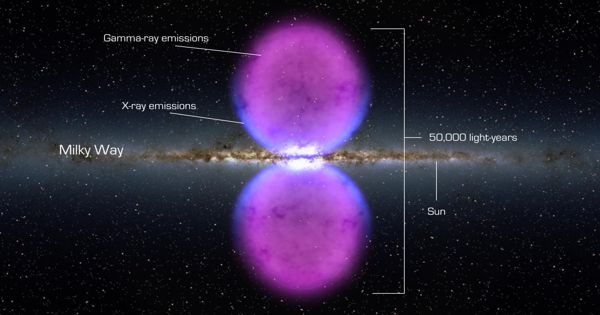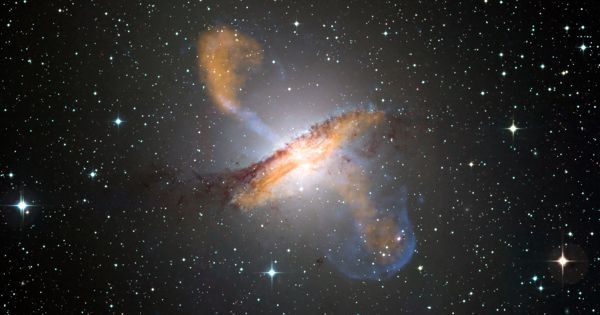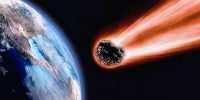Cosmic rays play a significant role in controlling thermal balance in thick molecular clouds, where the majority of stars form, and may also play a role in driving galactic winds, controlling star formation, and even determining the character of the intergalactic medium.
Because of the realization that cosmic rays can efficiently accelerate galactic winds, the role of cosmic rays generated by supernovae and young stars has only recently begun to receive significant attention in studies of galaxy formation and evolution. The efficiency of cosmic-ray wind driving is determined by microscopic cosmic-ray transport processes.
Young massive stars in galaxies that inject energy and momentum into the interstellar medium control the triggering and quenching of star formation. Feedback from supermassive black holes at galaxies’ nuclei is also important. Massive gas outflows observed in galaxies, for example, are driven by these processes. However, the specifics, such as how they work and the relative roles of the various feedback processes, are hotly debated.
Cosmic rays in particular are accelerated in strong shocks formed by supernova explosions and stellar winds and generate considerable pressure in the interstellar medium.
Cosmic rays, in particular, are accelerated by supernova explosions and stellar winds (both aspects of star formation) and generate significant pressure in the interstellar medium. They are crucial in regulating thermal balance in dense molecular clouds, where most stars form and they may also play a role in regulating star formation, driving galactic winds, and even determining the character of the intergalactic medium.
Astronomers believe that the ability of cosmic rays to propagate out of the sites where they are produced into the interstellar medium and beyond the disk is a key property limiting their influence, but the details are not well understood.
Vadim Semenov of CfA and two collaborators used computer simulations to investigate how such a variation in cosmic ray propagation can affect star formation in galaxies, which was motivated by recent observations of gamma-ray emission from nearby cosmic ray sources such as star clusters and supernova remnants.

The observations investigate the propagation of cosmic rays because cosmic rays are thought to produce a significant fraction of gamma-ray emission when they interact with interstellar gas. The observed gamma-ray fluxes imply that cosmic ray propagation near such sources can be locally suppressed by a significant factor, potentially by several orders of magnitude. According to theoretical studies, such suppression can be caused by nonlinear interactions of cosmic rays with magnetic fields and turbulence.
Although it is widely assumed that Galactic cosmic rays (protons and nuclei) are primarily accelerated by the winds and supernovae of massive stars, definitive evidence of this origin remains elusive nearly a century after their discovery. Starburst galaxies have exceptionally high rates of star formation, and their large size, more than 50 times the diameter of comparable Galactic regions, allows for reliable calorimetric measurements of their potentially high cosmic-ray density.
Cosmic rays emitted during the formation, life, and death of their massive stars are expected to eventually produce diffuse gamma-ray emission through interactions with interstellar gas and radiation.
Active star formation powers the emission of radiation in the nuclear regions of starburst galaxies, both directly by supernova (SN) explosions and indirectly by SN shock heating of interstellar gas and dust, as well as radiative processes involving SN shock-accelerated electrons and protons.
The simulations were used by the scientists to investigate the effects of suppressing the transport of cosmic rays near the sources. They discover that suppression causes a local pressure buildup and strong pressure gradients, which prevent the formation of massive clumps of molecular gas that form new stars, qualitatively changing the global distribution of star formation, particularly in massive, gas-rich galaxies prone to clump formation. They conclude that the cosmic-ray effect regulates the development of the structure of the galaxy’s disk and is an important complement to the other processes involved in the galaxy’s formation.














